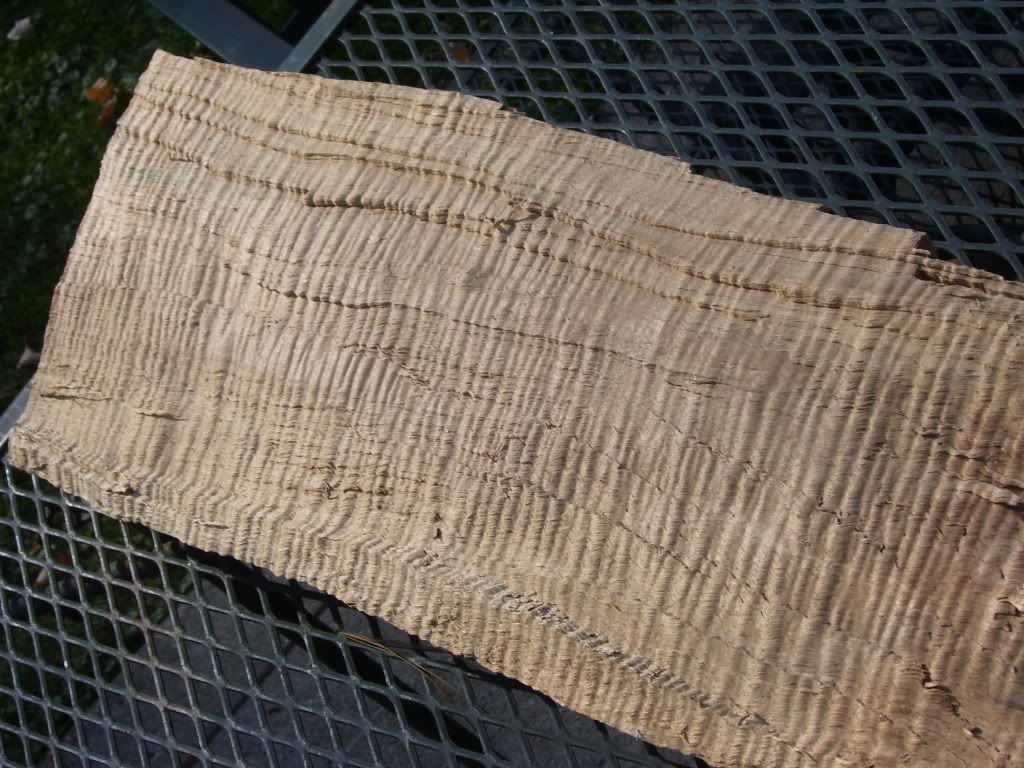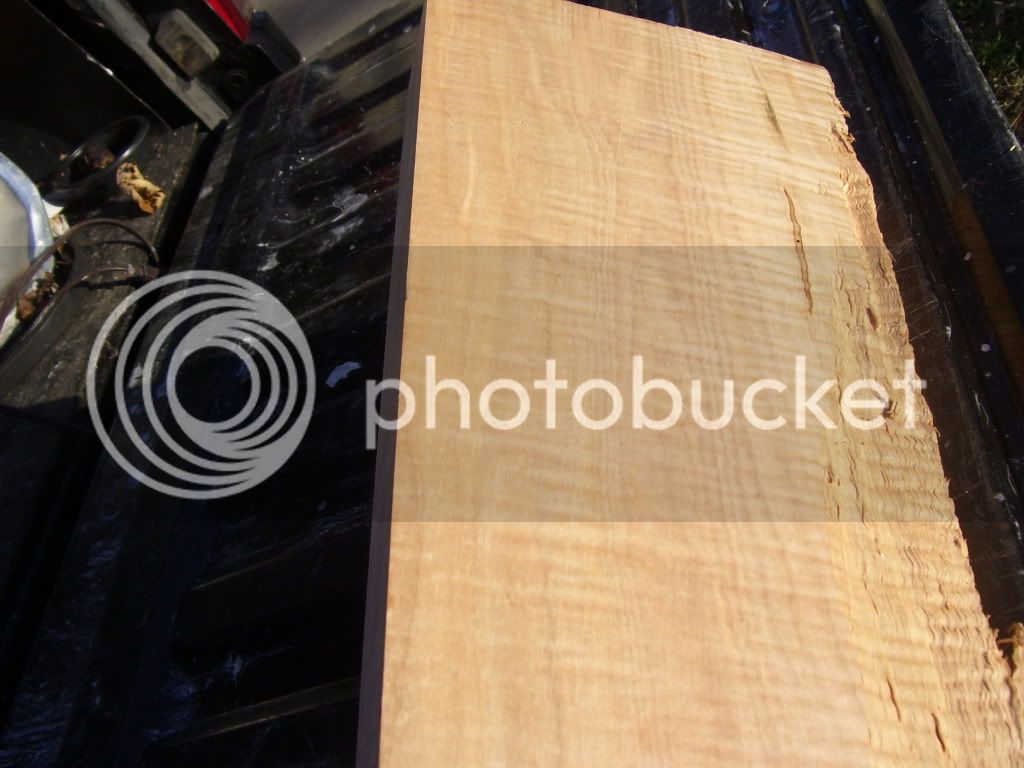talkingamoeba
40 Cal.
- Joined
- Aug 24, 2010
- Messages
- 125
- Reaction score
- 1
Hello, I am wondering if any of you have tried getting stock blanks from your own trees? I had one guy tell me that curly maple is wood that has been under more compression than a normal straight tree. I have a bandmill and lots of hard maple trees and plenty of felling experience, but would like to narrow down as to which ones I saw so that I can get a supply of my own stock wood (and thus would be able to build twice as many rifles as I would only have to buy barrels and furniture :grin: ). I have a few that are heavy leaners and wonder if they would be the likely candidates for some nice curl. Also, flat sawn or quarter-sawn to have the curl show? The stock of the rifle I'm building was from a flat sawn piece. Thanks for your time.








